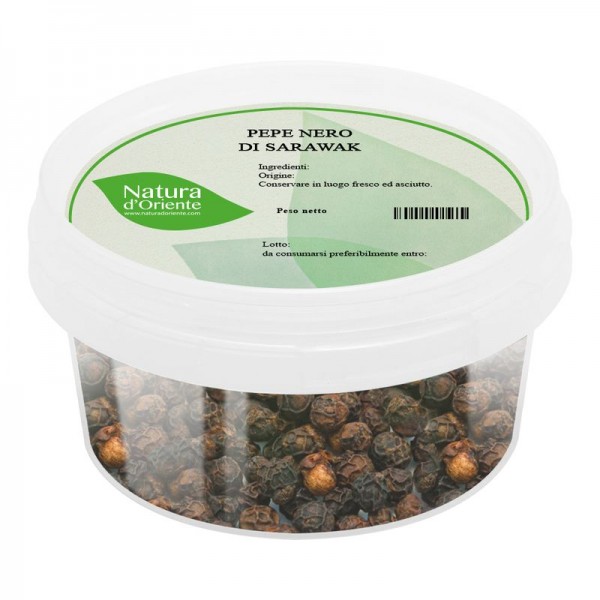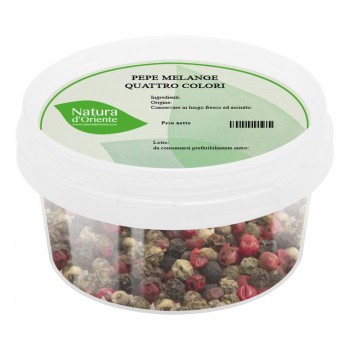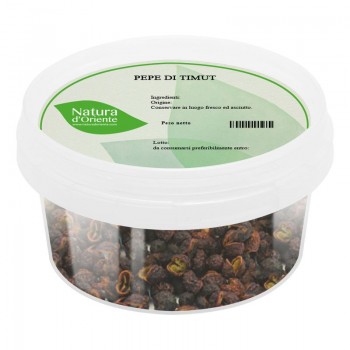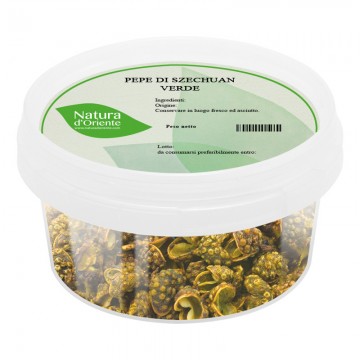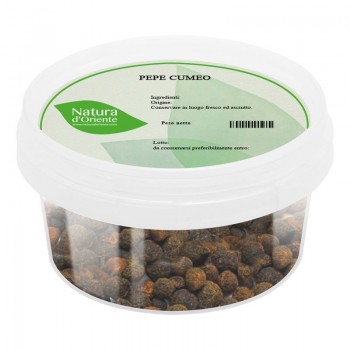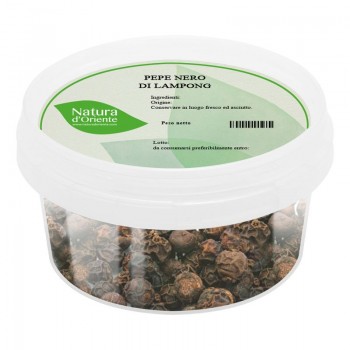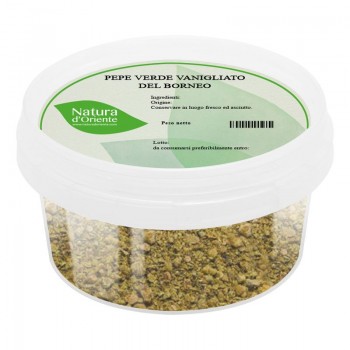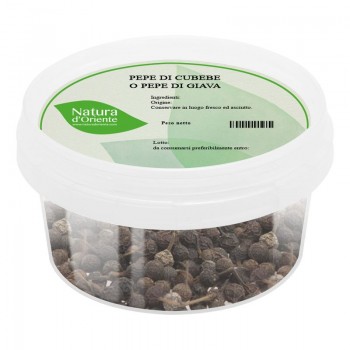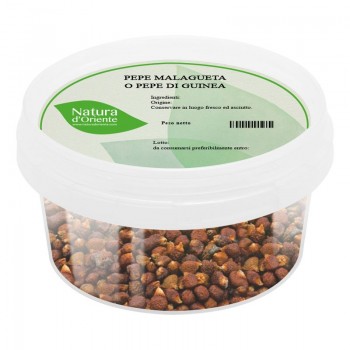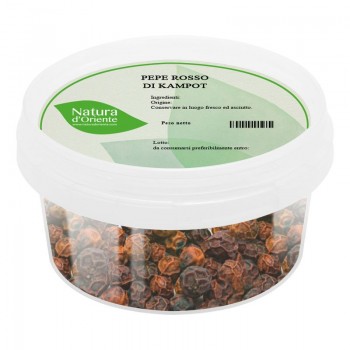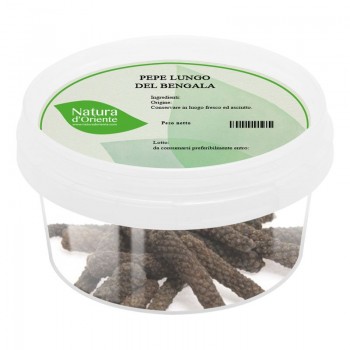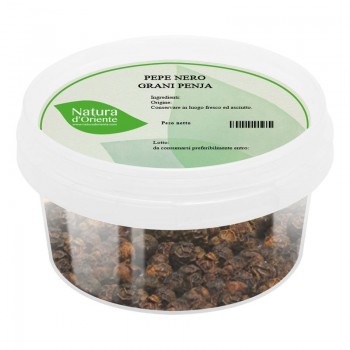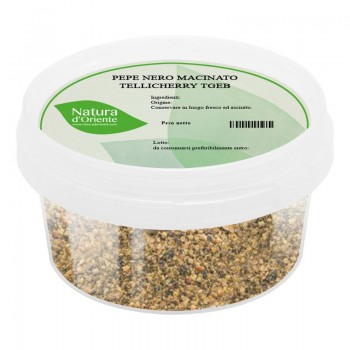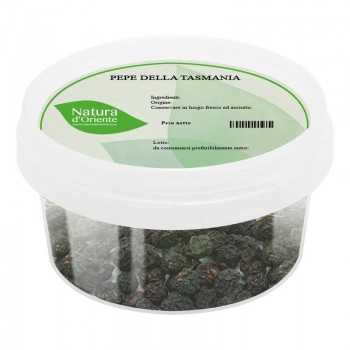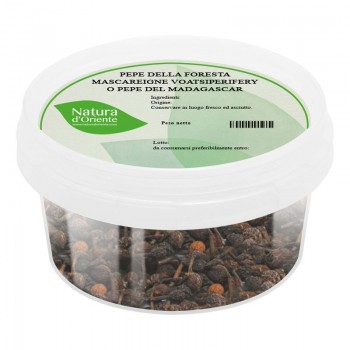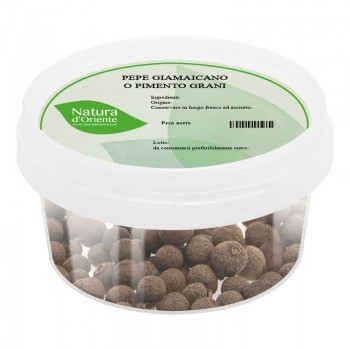black pepper from Sarawak is a variety of black pepper grown in the state from which it takes its name on the north coast of the island of Borneo. Being the fruit of the same plant, its taste is not very different from Tellicherry, it is a little more aromatic and slightly less spicy .
The plant and the fruit
The pipper nigrum is a climbing plant belonging to the pipperaceae family, it is a woody liana that climbs on the stem of other plants and reaches up to 4 meters. In Malaysia it is cultivated by making it grow twisted on poles. The fruit is a berry containing a single seed which is green first and then becomes red when ripe.
The cultivation of Sarawak black pepper
Under the impetus of the Malaysian Pepper Board, a government regulatory body with enormous powers to preserve such an important trade for the country, the main feature is that Sarawak black pepper it is dried very quickly and then hermetically packaged in order to maintain the aroma.
It is grown on steep rocky soils to protect it from the abundant monsoon rains.
Notes on the history of black pepper cultivation in Malaysia
If Sarawak makes you think of the novels by Emilio Salgari starring Sandokan and you wonder if there is mention of the famous pepper, you should know that in reality the history of Sarawak black pepper is relatively recent, if it is true that the cultivation of pepper in this area starts precisely in the years in which the novels are set, mid-nineteenth century, and that Salgari wrote them at the end of the century (the first two novels are from the 80s) , in reality the intensive cultivation only started in 1900.
The pepper from the province of Kuching which is the capital of the state of Sarawak is the quality considered to be of the highest quality and gives its name to the homonymous variety, but others have recently taken hold. varieties approved by the regulatory body are Semongok emas and Semongok aman.
The characteristics of Sarawak black pepper
As explained in the botanical notes, Sarawak black pepper is the fruit of the pipper nigrum, therefore it is the classic black pepper, just like Tellicherry, but the pepper is exactly like the oil and wine, the fruit may well be the same but the organoleptic characteristics are deeply influenced by the soil. The characteristics of Sarawak pepper, the marked aroma and moderate spiciness make it a very popular spice and considered truly multipurpose in the kitchen .
If we talk about the more or less beneficial properties of pepper we must always distinguish between those attributed by traditional medicine and those supported by modern science. In traditional oriental medicine pepper are attributed a series of properties, it would be useful as a remedy for: constipation, insomnia, oral abscesses, sunburn, toothache and more. In reality, however, we know that pepper is an irritant and therefore, to name one, the traditional remedy of putting it on the eyes is absolutely to be avoided. What seems to be established is that piperine promotes the absorption of certain nutrients, for example selenium, this feature combined with the ability to stimulate gastric juices would confirm the digestive properties, it being understood that it is not recommended for those suffering from ulcers or gastritis. It would also seem that piperine has a certain ability to stimulate neurons and therefore according to some it could to some extent counteract dementia, furthermore, the release of endorphins would have an antidepressant action.
Sarawak pepper eggplant
Ingredients for 4 people
- Eggplant 4 (small)
- Lemongrass 2 pieces
- Garlic 2 cloves
- Fresh ginger 50gr
- Soy sauce 1dl
- Extra virgin olive oil 2 soup spoons
- salt
- Sarawak black pepper
Preparation
1) Clean the lemongrass and keep only the tender center.
2) Peel the garlic and ginger.
3) Crush the lemongrass, garlic and ginger in a mortar or with an electric mill.
4) Rinse the aubergines and cut them into 2 cm thick discs.
5) Heat the oil in a non-stick pan and add the chopped ginger-lemongrass-garlic.
5) Salt lightly and pepper generously.
6) Stir for 2 minutes.
7) Add the aubergines and mix for about 5 minutes.
8) Pour the soy sauce and cook, stirring continuously for 8-10 minutes, until the aubergines become tender and juicy.
9) Add a pinch of fresh pepper and serve.
The dish can be eaten both hot and cold.
Recipe source: Elle.com

